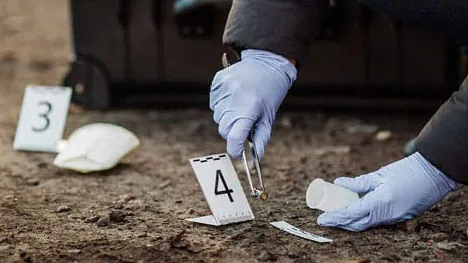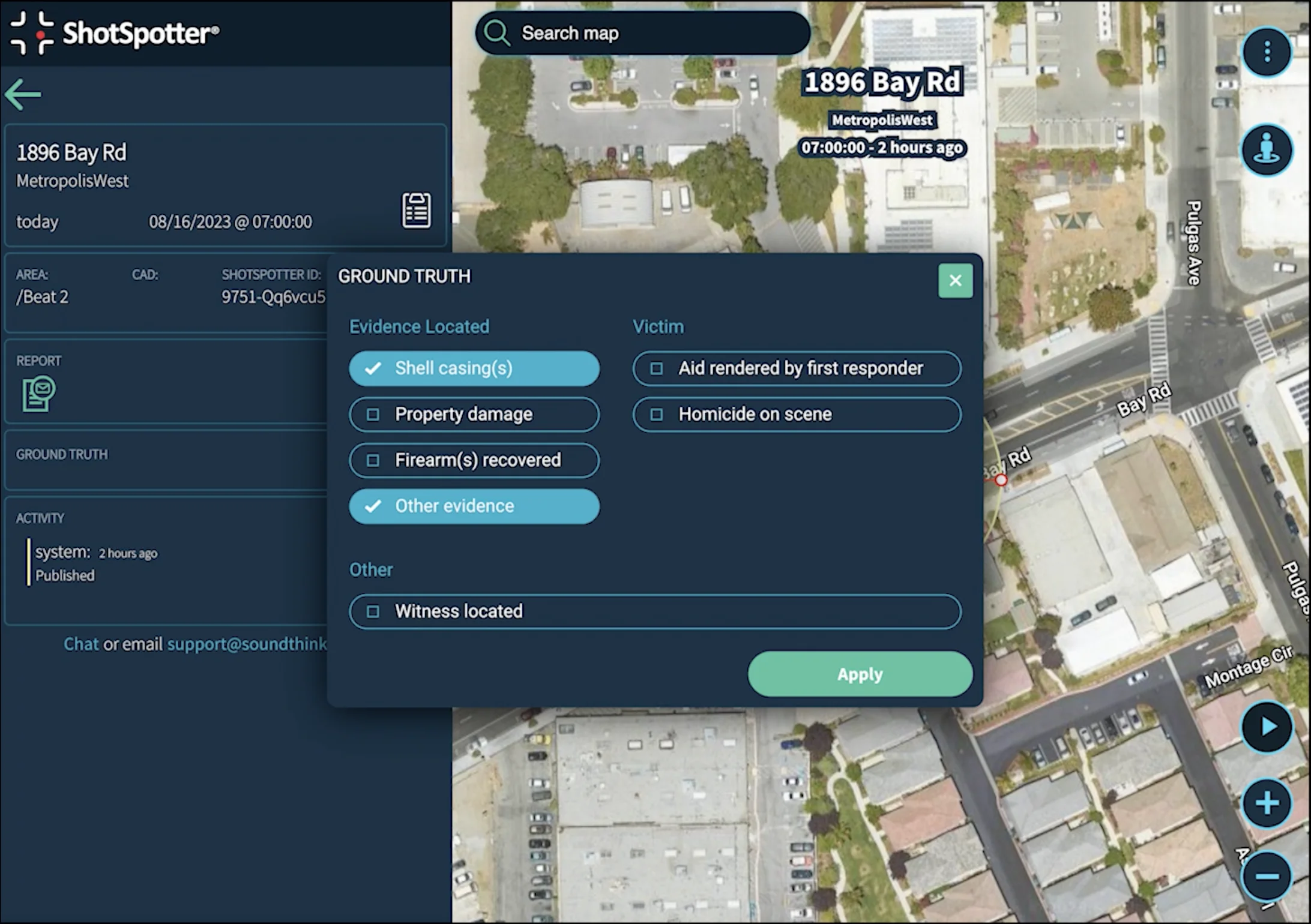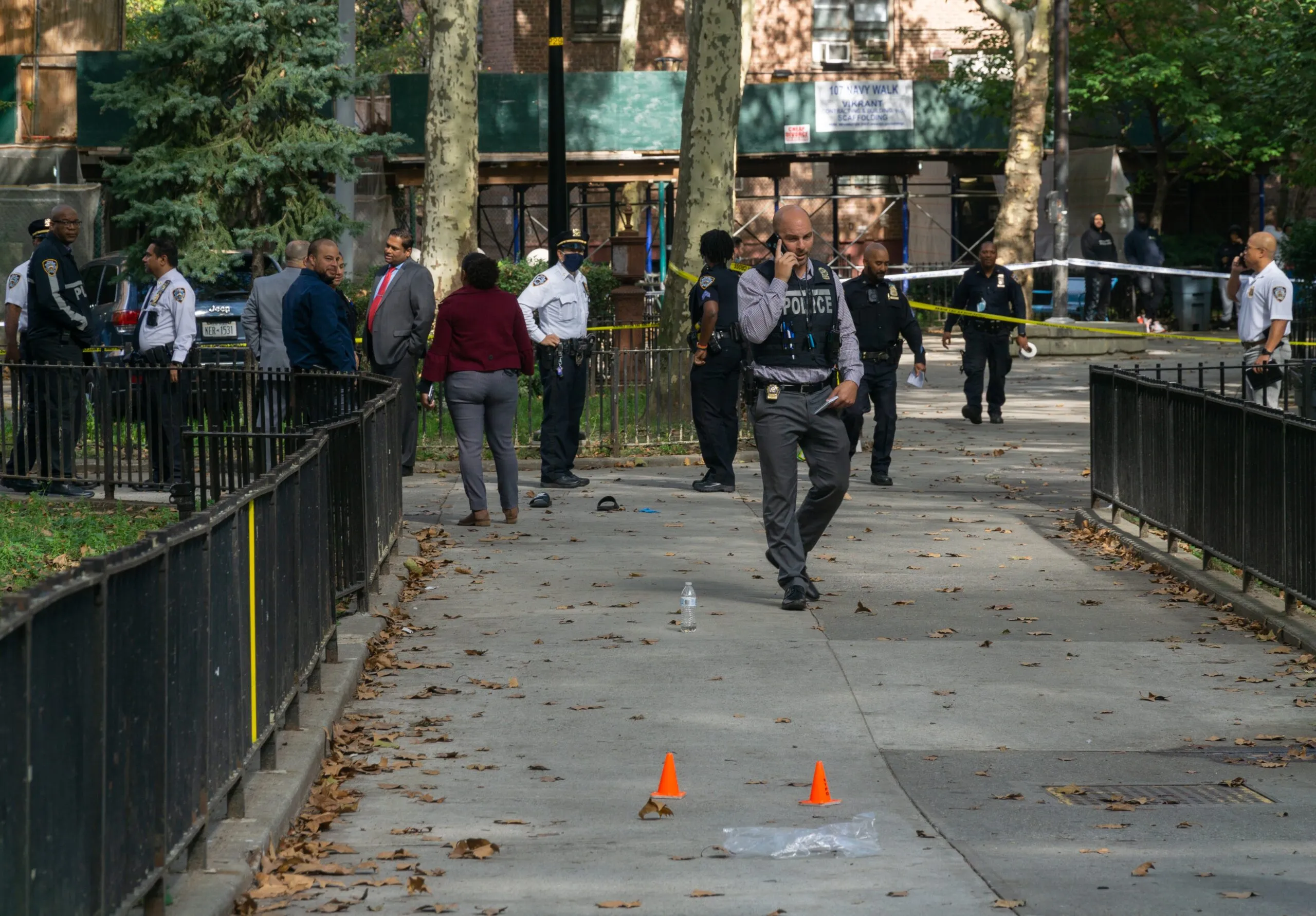A major obstacle investigators face is a lack of timely and actionable intelligence. There’s a saying, “If it’s not timely, it’s not intel.” Unfortunately, this deficiency can hamper the pursuit of justice for victims and undermine safety in communities. To address this issue effectively, the establishment of Crime Gun Intelligence Centers (CGIC) represents a critical step toward addressing gun crime. These specialized units serve as local or regional fusion centers dedicated to addressing violent gun crimes. This article will delve into CGICs and how people, processes, and technology can help them run effectively.
What is a CGIC?

A CGIC is a dedicated criminal intelligence unit that focuses on violent gun crimes. Unlike standard intelligence units that process information from various sources, CGICs are laser-focused on gun-related crimes. The primary mission of a CGIC is to collect, analyze, and report findings related to gun crimes, while also making referrals for further investigative action. A well-functioning CGIC may also conduct strategic assessments, track gun crime trends, and provide training to law enforcement agencies.
Simple Doesn’t Equal Easy
Creating a successful CGIC relies heavily on deploying qualified individuals at every level. Effective leadership plays a crucial role in establishing structure and ensuring that team members understand their roles and responsibilities and uplifting team morale. Additionally, removing bureaucratic barriers is a priority for the right leadership, which involves streamlining processes and breaking down silos between departments and agencies while ensuring ethical and legal standards are upheld.
Determination of minimum staffing needs for the CGIC is essential. Intelligence analysts, investigators, support staff, and supervision are all necessary components. In some cases, filling these roles will cause some disruption, including shifting teams and even replacing specific personnel. Every participating agency should provide some of the personnel for a CGIC, even if those members are not physically located on the premises.
Process for Establishing and Running a Successful CGIC
Initial Steps
Before establishing a Crime Gun Intelligence Center (CGIC), it is essential to identify what the CGIC will do. This includes identifying objectives, resources, and the means for accomplishing objectives. Identifying sources of information is critical in this stage and should include access to ATF’s National Integrated Ballistic Information Network (NIBIN) and eTrace program, as well as data on all shootings, crime gun recoveries, and reports of lost/stolen firearms.
It is also important to run a thorough evaluation of NIBIN. Timeliness and compliance with Minimum Reporting and Operational Standards (MROS) must be assessed, with necessary process improvements implemented.
Evaluate Tracing
When evaluating tracing, key considerations include determining the timing of trace submissions and assessing the comprehensiveness of tracing efforts. The NIBIN urgent trace program should be utilized and CGIC personnel should have access to eTrace. In all cases, trace results should be received by the CGIC, not the submitting investigator, to conduct an in-depth analysis. Purchaser analysis and crime gun analysis against NIBIN are also vital, involving investigations into the legality of firearm purchases, researching lawful acquisitions, and determining when the purchaser lost possession of the firearm.
Gun Crime and Violent Gun Crime Intake by CGIC
Comprehensive information on violent gun crimes and crime gun recoveries is vital. Daily reports of firearm discharges, crime gun recoveries (with or without arrests), and stolen firearms should be forwarded to the CGIC mailbox. The CGIC intakes and processes this information, ensuring awareness of every recovery and its NIBIN status. The CGIC can initiate trace requests, centralizing the process.
Triage of NIBIN Leads

Triage of NIBIN leads occurs exclusively within the CGIC. Analysts focus on previous leads, becoming area experts through assignments to specific districts. Collaborating with investigators, gatekeeping stages quickly assess factors like geography, events, time, and solvability. Supervisory personnel determines whether a full lead package or a brief report is required, allowing for reordering based on local objectives and resources.
Notification
Prompt notification is crucial after lead processing, ensuring timely dissemination of relevant information to assigned personnel. Notification occurs within 24 hours of receipt and happens just once. Supplementary details can be included or referenced using the original package number. Consideration should be given to notifying a District Attorney’s Point of Contact (POC) for distribution to Assistant District Attorneys (ADAs). Monthly or quarterly reporting of standardized gun crime information is key to keeping stakeholders informed.
Tracking and Continued Support for Ongoing Investigations
![]() Tracking ensures effective monitoring and resolution of leads. The CGIC reports on pending and resolved leads, with feedback on the resolution status. Monitoring NIBIN-related arrests provides valuable insights, while strategic assessments during CompStat or weekly meetings inform leadership decisions relating to crime gun investigation. Using NIBIN statistics from the ATF’s Monthly Activity Report, timeliness of processing and assessment of bottlenecks can be tracked, along with the percentage of successful/unsuccessful traces for greater operational efficiency. The CGIC also offers ongoing support for investigations related to referred NIBIN leads, considering available resources.
Tracking ensures effective monitoring and resolution of leads. The CGIC reports on pending and resolved leads, with feedback on the resolution status. Monitoring NIBIN-related arrests provides valuable insights, while strategic assessments during CompStat or weekly meetings inform leadership decisions relating to crime gun investigation. Using NIBIN statistics from the ATF’s Monthly Activity Report, timeliness of processing and assessment of bottlenecks can be tracked, along with the percentage of successful/unsuccessful traces for greater operational efficiency. The CGIC also offers ongoing support for investigations related to referred NIBIN leads, considering available resources.
Training
Training packages cover NIBIN, lead package creation, notification processes, and tracing. Request-specific presentations on topics like firearms trafficking trends and retaliatory violence enhance knowledge sharing.
Establishing and Maintaining Information Sources
Collaboration with other criminal intelligence units, prosecutor offices, jail intelligence, ShotSpotter alerts, historical data probation/parole departments, and ATF intelligence is crucial. Developing cross-jurisdictional capabilities and attending criminal intelligence meetings builds partnerships and keeps up with emerging trends. Standardized processes and formats for Requests for Information (RFI) help fill intelligence gaps.
It’s Worth Repeating: Simple Doesn’t Equal Easy
With all of this said, it’s important to echo back to this earlier point that what is simple is not necessarily easy. While there are documented best practices for establishing a CGIC, successfully implementing it can require rethinking the way your agency approaches investigating gun crime, which is no small task. Ultimately, a CGIC’s success is dependent on a combination of people, processes, and technology, and in particular, effective leadership.
On the technology side, there are tools that can help. CaseBuilder Crime Gun is a comprehensive case management solution that provides critical support with investigative follow-up and feedback, the two phases in the process of running a CGIC that typically prove to be the most challenging. Visit our webpage or contact us today to learn more.




